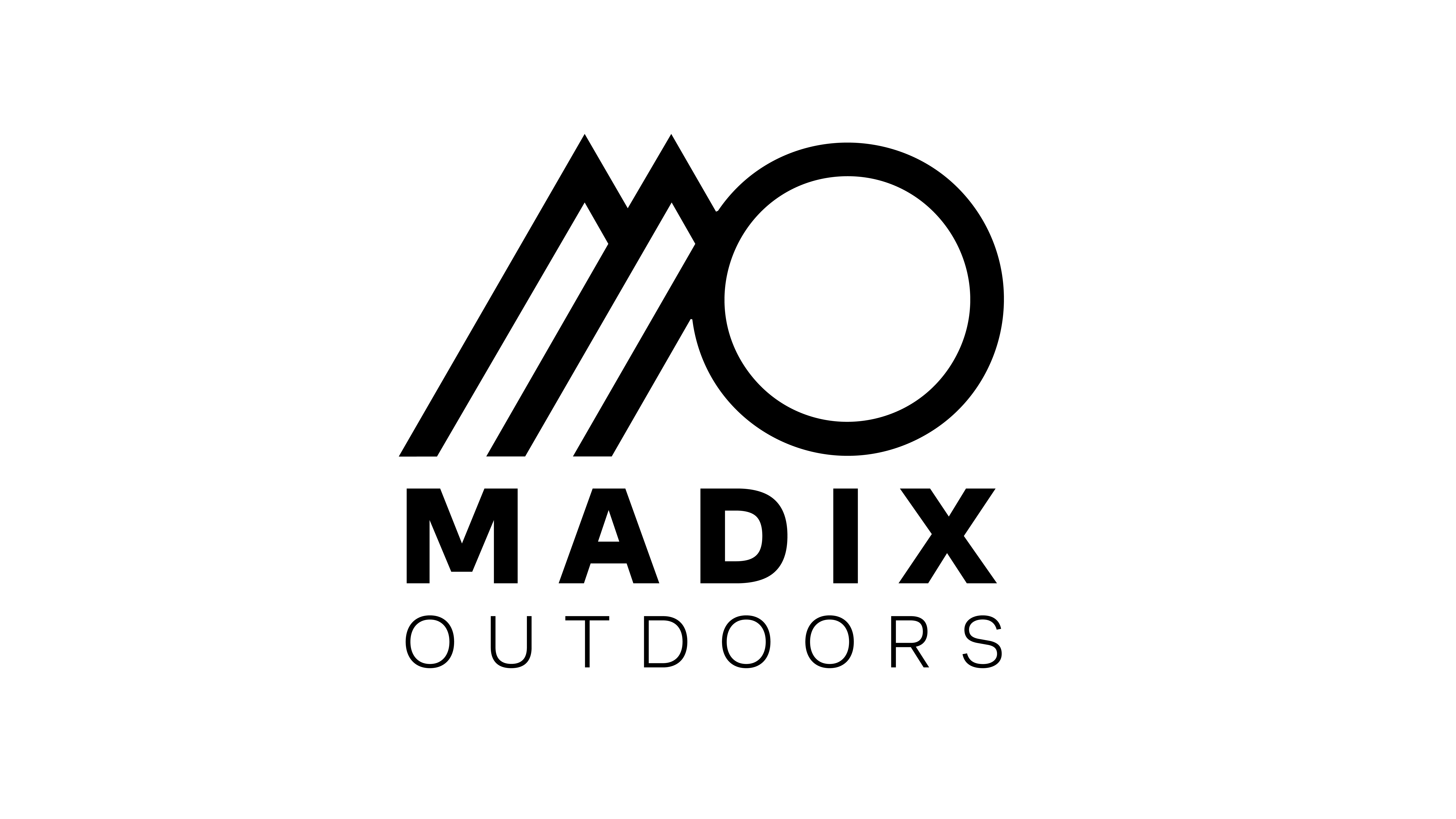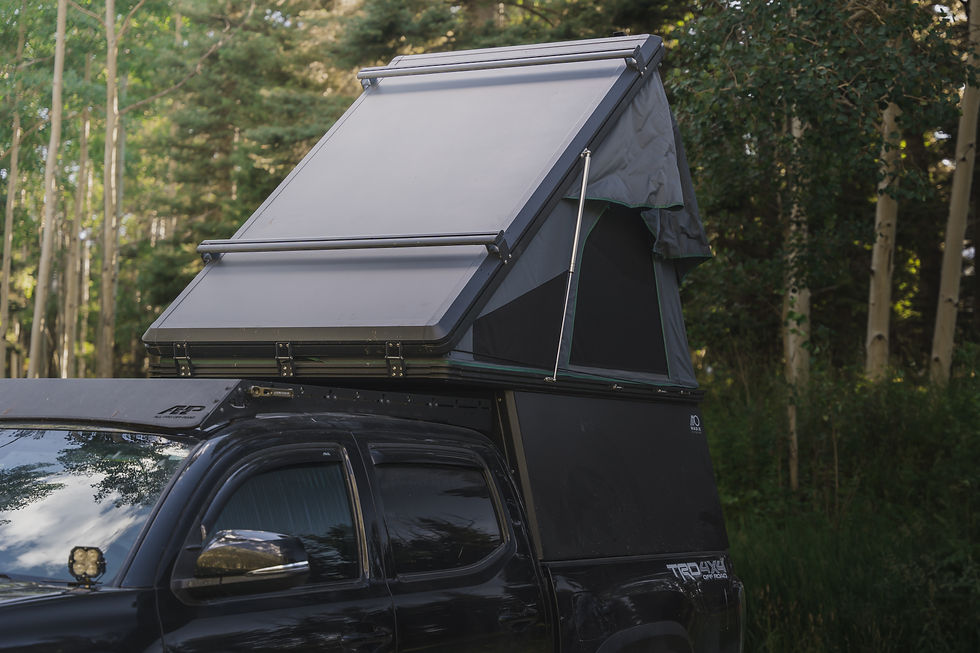The Journey to a Better Truck Camper: From Experimentation to our Breakthrough Build
- Madix Outdoors

- Oct 25
- 3 min read
At Madix Outdoors we design rugged, lightweight truck campers with one clear goal in mind: build something you can beat up, camp in year-round, and still trust ten years from now.
After 3 years of R&D, we finally landed on what we believe is the strongest, most practical construction method for a lightweight aluminum truck camper.
Here’s a behind-the-scenes look at what we tried — what didn’t work — and why we went in the direction we did.

What we tried (and why they fell short)
1. Welded steel tube frame + 1/16” aluminum skin
At first glance this seemed a strong, straightforward method: a steel skeleton and a thin aluminum “skin”.
But we found major drawbacks: rust forming at welds and hardware points, the weight was high, it was hard to mount accessories, and the weight was concentrated at the four corners of the truck bed (which places a lot of stress on the tail end of the bed rails).
In short: too heavy, too localized in load, and too prone to corrosion.


2. Welded aluminum tube frame + 1/16” aluminum skin
To shave weight we tried switching to aluminum for the frame. It also eliminated the rust problem.
But the heat created from welding aluminum tubing together tends to warp the frame (aluminum distortion). Mounting remained challenging, and again the load ended up concentrated at the bed corners.
The result: lighter than steel, but still too many compromises in structure and accessory flexibility.


What we settled on (and why it works)
Finally, we landed on a method we’re proud of: formed 5052 aluminium structural panels (⅛” thick).
Here’s what makes it work:
Fewer joints = stronger structure, fewer fasteners to loosen over time.
The whole body expands and contracts together (all aluminum sheet), which means the structure moves as one piece rather than many parts slipping and shifting.
Weight is distributed evenly across the truck’s bed rails, not just the corners, reducing stress on the truck’s bed rails
Using 5052 alloy (well known for strength, corrosion resistance) in ⅛” thickness gives real durability.
A large rear cross-member above the hatch to keep the back end from “flaring out” under load or movement.
The result: an all-aluminum body that’s light enough to be practical, but tough enough to take the abuse of real outdoor use.
Why most other companies don’t go this route: it requires expensive machinery to cut and form large aluminum sheets. It’s slower and costlier to manufacture. Many opt instead for extrusions + composite panels because they’re cheaper and faster to produce. But those shortcuts come at the cost of durability, and we rejected that compromise.
What it means for you, the user
You get a very strong camper body made from aluminum structural panels, not multiple smaller components all bolted together piece-by-piece.
The entire face of the camper body is ⅛” thick aluminum. This allows the owner to fasten accessories almost anywhere without worrying about hardware stripping out.
You get longevity: less corrosion risk, less vibration-looseness, less failure over time.
You get a product you can trust into the future — whether you’re doing weekend trips or year-round overlanding.
You get a build that respects your truck bed, distributes load wisely, and avoids any excess stress on the rear of the bed rails.

Final thoughts
We believe that good design comes from understanding what fails as much as what works. By walking through the “what we tried” path and being transparent about our mis-steps, we not only learned, we improved. The result: a camper construction method we’re proud of.
At Madix Outdoors we didn’t just chase the lightest or cheapest solution — we chased the right solution for real-world rugged use. Because at the end of the day, your truck camper isn’t just something you drive—it’s something you live in, depend on, and trust.
We hope this breakdown gives you insight into our build philosophy. Whether you’re a seasoned overlander or just getting started, we build with you in mind.
Thanks for reading, and we look forward to seeing where your next adventure takes you.
— The Madix Outdoors Team





Comments